Market Growth Projections
The Global Optical Imaging Market Industry is projected to experience substantial growth in the coming years. Current estimates indicate that the market will reach 4.89 USD Billion in 2024, with expectations to expand to 8.5 USD Billion by 2035. This growth reflects a compound annual growth rate of 5.15% from 2025 to 2035. Such projections highlight the increasing adoption of optical imaging technologies across various sectors, including healthcare, research, and industrial applications. The anticipated growth trajectory suggests a robust future for the industry, driven by ongoing advancements and rising demand for innovative imaging solutions.
Government Initiatives and Funding
The Global Optical Imaging Market Industry benefits from various government initiatives and funding aimed at advancing healthcare technologies. Governments worldwide are increasingly investing in research and development to promote innovative imaging solutions. Such initiatives not only enhance the capabilities of optical imaging technologies but also facilitate collaborations between public and private sectors. For example, funding for research projects focused on optical imaging can lead to breakthroughs that improve diagnostic accuracy. This supportive environment is likely to foster market growth, contributing to the anticipated increase from 4.89 USD Billion in 2024 to 8.5 USD Billion by 2035.
Increasing Prevalence of Chronic Diseases
The Global Optical Imaging Market Industry is significantly influenced by the increasing prevalence of chronic diseases, such as cancer and cardiovascular disorders. These conditions necessitate advanced imaging techniques for accurate diagnosis and monitoring. As the global population ages, the incidence of chronic diseases is expected to rise, driving demand for optical imaging solutions. For instance, optical imaging plays a vital role in early cancer detection, which is crucial for improving survival rates. This growing need for effective diagnostic tools is anticipated to contribute to the market's expansion, with projections indicating a rise to 8.5 USD Billion by 2035.
Growing Applications in Research and Development
The Global Optical Imaging Market Industry is expanding due to the growing applications of optical imaging in research and development across various fields. Academic institutions and research organizations are increasingly utilizing optical imaging techniques for studies in biology, materials science, and nanotechnology. These applications not only enhance the understanding of complex biological processes but also facilitate the development of new materials and technologies. As research continues to evolve, the demand for advanced optical imaging solutions is expected to rise, further driving market growth. This trend aligns with the overall market trajectory, which is projected to reach 8.5 USD Billion by 2035.
Technological Advancements in Imaging Techniques
The Global Optical Imaging Market Industry is currently experiencing a surge in technological advancements that enhance imaging techniques. Innovations such as optical coherence tomography and multispectral imaging are becoming increasingly prevalent. These advancements allow for higher resolution images and improved diagnostic capabilities, which are crucial in fields like ophthalmology and oncology. As a result, the market is projected to grow from 4.89 USD Billion in 2024 to 8.5 USD Billion by 2035, reflecting a robust CAGR of 5.15% from 2025 to 2035. This growth underscores the importance of continuous innovation in driving market expansion.
Rising Demand for Non-Invasive Diagnostic Procedures
The Global Optical Imaging Market Industry is witnessing a rising demand for non-invasive diagnostic procedures. Healthcare professionals increasingly prefer optical imaging techniques due to their ability to provide detailed images without the need for invasive procedures. This trend is particularly evident in areas such as dermatology and cardiology, where non-invasive imaging can significantly improve patient outcomes. The shift towards non-invasive methods is likely to propel market growth, as patients and healthcare providers alike seek safer alternatives. This demand aligns with the projected growth of the market, which is expected to reach 8.5 USD Billion by 2035.
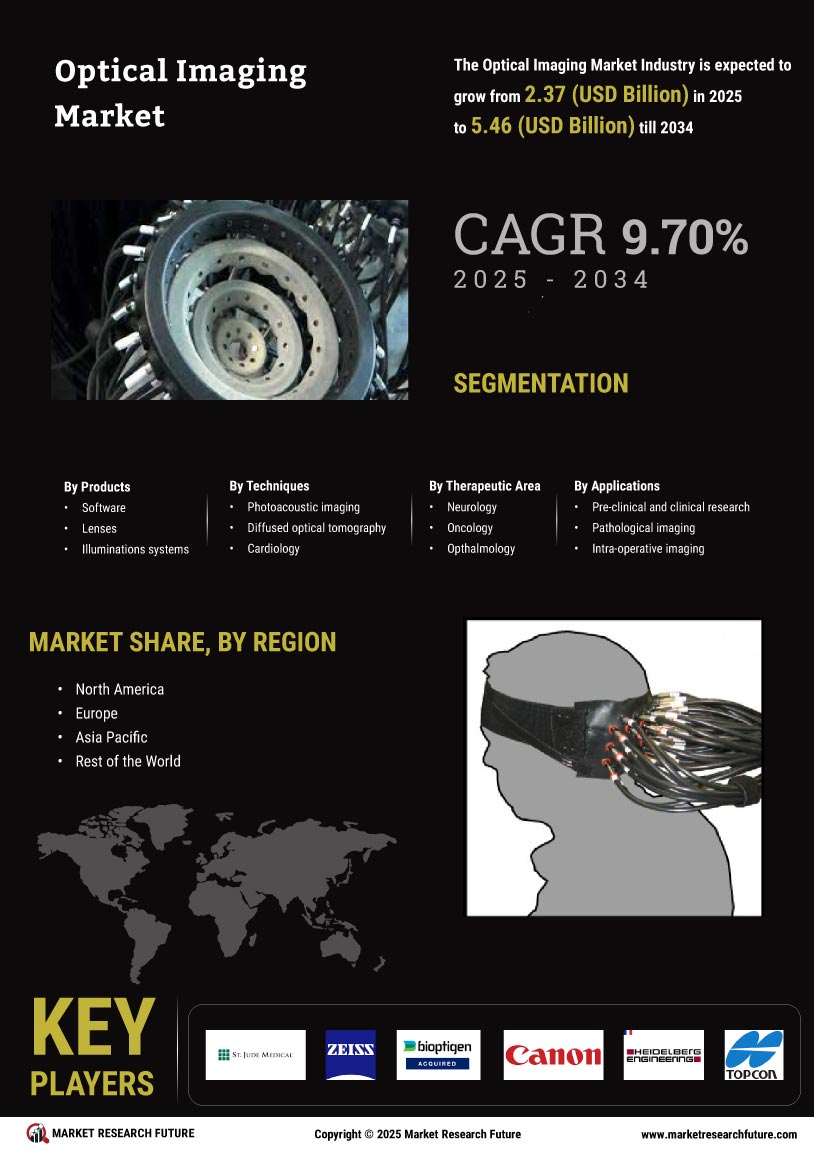

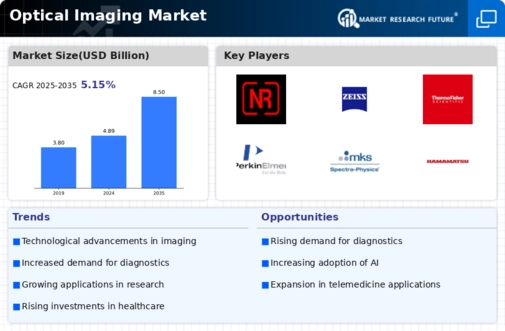
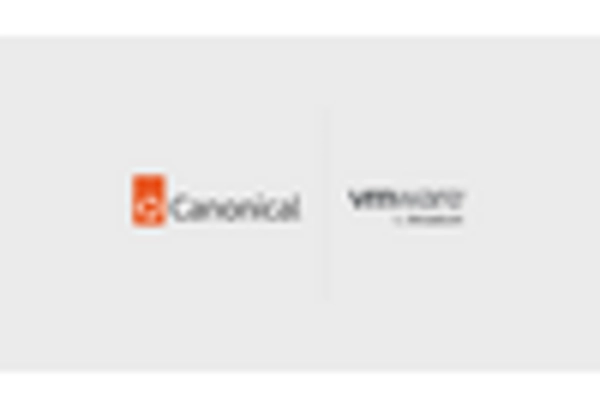
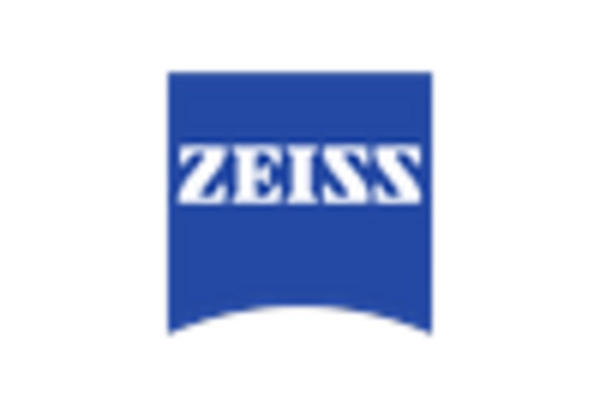
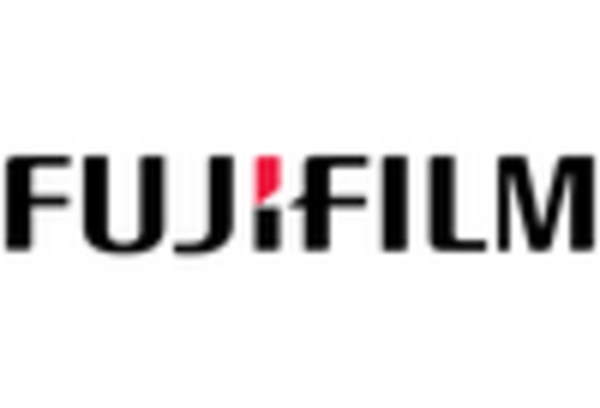
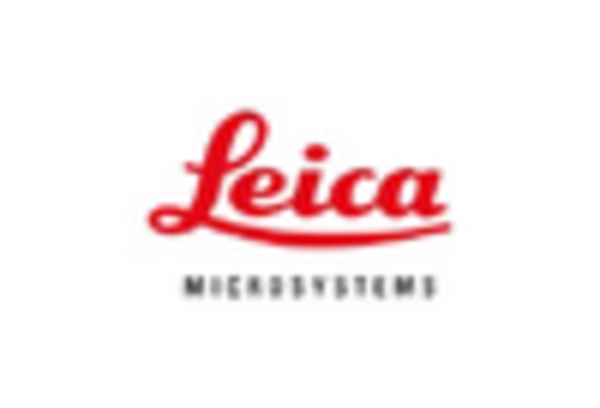

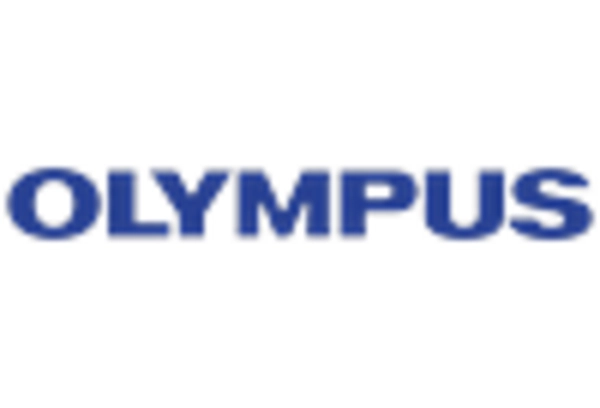








Leave a Comment